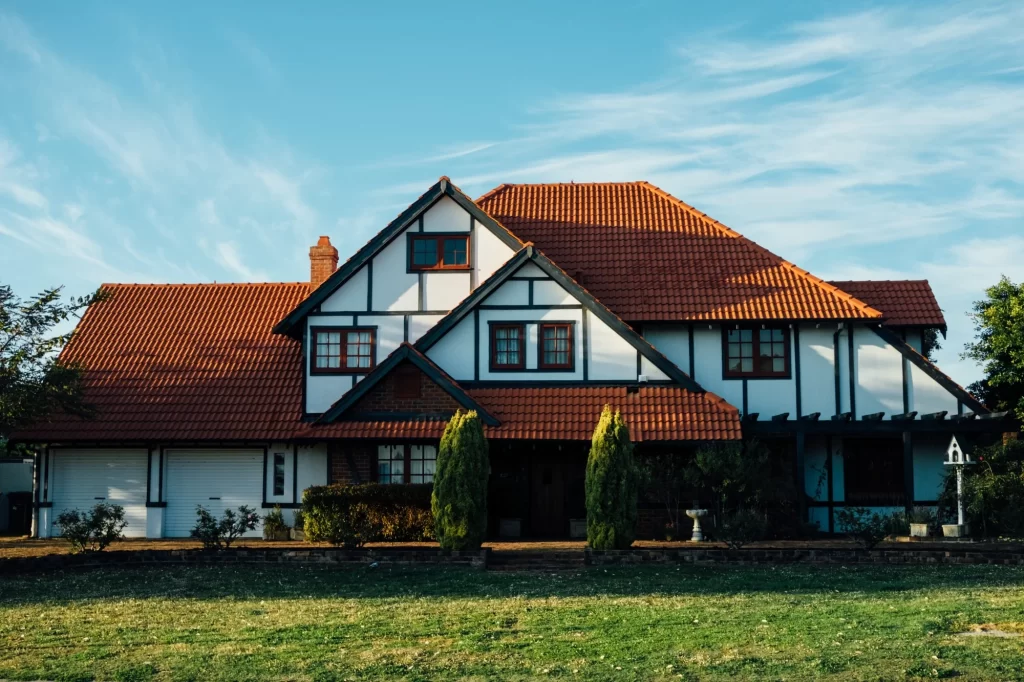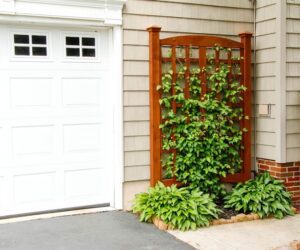
Installing or repairing a roof requires precision, quality materials, and attention to detail. Even minor errors during the roofing process can lead to costly repairs, leaks, and decreased lifespan. Understanding common roofing mistakes and how to avoid them can help you ensure a durable and effective roof. Here’s a guide to the top roofing mistakes and tips on avoiding them. Keep on reading to learn more!
1. Incorrect Shingle Installation
Improperly installed shingles are one of the most common roofing issues. If shingles are not aligned or are placed with gaps, water can seep through, causing leaks and damage to the roof’s structure. Another common mistake is nailing shingles incorrectly, which can cause them to loosen or warp over time.
To avoid this, make sure shingles are installed precisely and nailed according to manufacturer specifications. Using quality asphalt shingle roofing can make the installation process easier. Especially as durable shingles are more resistant to shifting and weather-related wear.
2. Failing to Install a Drip Edge
A drip edge is a metal flashing installed along the edges of the roof to direct water away from the fascia and into the gutters. Skipping this step can lead to water seeping into the roof deck, causing rot, mold, and even structural damage. Failing to install a drip edge also shortens the lifespan of your roof and can lead to costly repairs.
Installing a drip edge is a straightforward process, but it makes a significant difference in roof longevity. Ensure that a drip edge is installed along all edges to protect your roof from moisture damage.
3. Overlooking Ventilation Needs
Proper ventilation is essential for a healthy roof. Without adequate ventilation, heat and moisture can build up in the attic, leading to mold, rot, and warped shingles. Poor ventilation can also reduce the effectiveness of insulation, increasing energy costs.
Ensure that your roof has proper intake and exhaust vents to allow for air circulation. If you’re unsure about your home’s ventilation needs, consult a roofing professional to assess and recommend solutions, which may include additional vents or adjusting existing ones.
4. Using Low-Quality Materials
Using low-quality materials may save money upfront, but it often results in more frequent repairs, shorter roof lifespan, and increased maintenance costs. Cheap materials are less resistant to weather conditions and more likely to deteriorate over time.
Opting for asphalt shingle roofing ensures better durability, longevity, and resistance to the elements. Quality materials also often come with better warranties, providing peace of mind and added protection for your investment.
5. Improper Flashing Installation
Flashing is essential for keeping water out of vulnerable areas on your roof, such as around chimneys, vents, and skylights. Improperly installed flashing can lead to leaks and water damage, especially during heavy rain or snow. Skipping flashing altogether is a serious mistake that leaves your roof susceptible to moisture infiltration.
To avoid this, always ensure that flashing is installed correctly, with a waterproof seal around joints. If your roof has areas with flashing, check it regularly for signs of wear, and replace it as needed to maintain a watertight barrier.
6. Layering New Shingles Over Old Ones
Some homeowners choose to install new shingles over old ones to save time and money. However, this method can lead to several problems. Layering new shingles over old ones adds weight to the roof structure, which can lead to sagging or damage. Additionally, old shingles can cause uneven surfaces, making it harder for new shingles to seal correctly.
For a secure, long-lasting roof, remove old shingles before installing new ones. This process allows for a thorough inspection of the roof deck and ensures that new shingles adhere properly, providing maximum protection.
7. Ignoring Regular Maintenance and Inspections
Even with quality materials and proper installation, your roof requires regular maintenance to stay in good condition. Ignoring maintenance can lead to small issues developing into significant problems. For instance, missing shingles, loose flashing, and clogged gutters can all contribute to water damage if left unaddressed.
Schedule regular roof inspections, especially after severe weather. Keep gutters clean, check for loose or damaged shingles, and make small repairs as needed. Routine maintenance helps prevent costly repairs and extends your roof’s lifespan.

Avoiding these common roofing mistakes is essential for ensuring a durable, long-lasting roof. From proper shingle installation to regular maintenance, each step plays a vital role in protecting your home. Investing in quality shingle roofing and working with experienced professionals can help prevent these issues, giving you a sturdy, dependable roof for years to come. By staying proactive and addressing roofing needs, you’ll enjoy peace of mind and better protection for your home.



